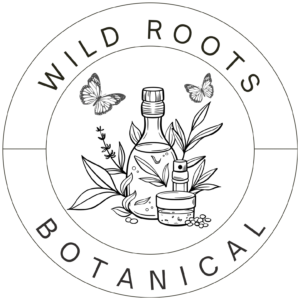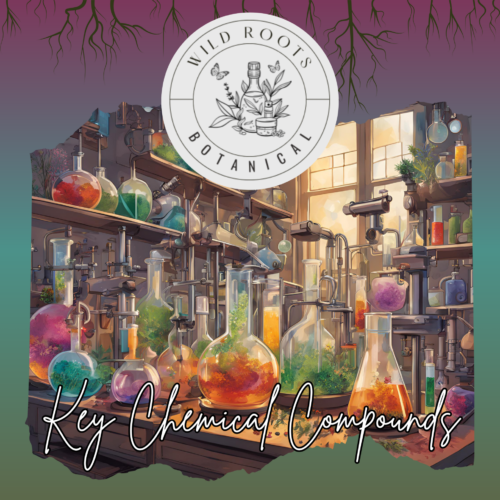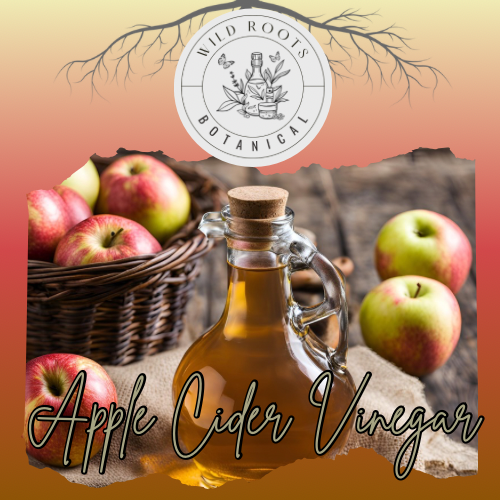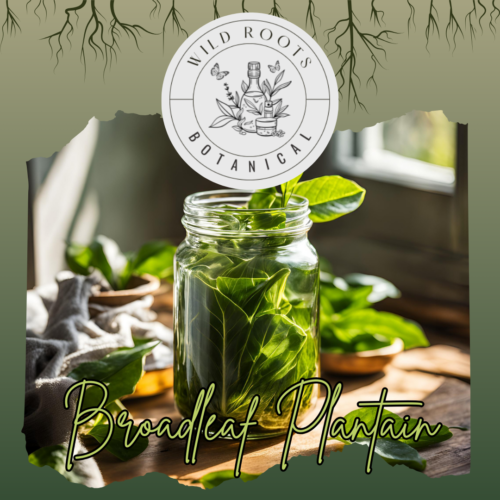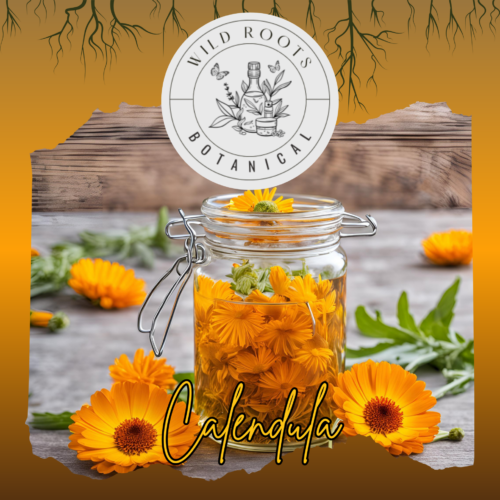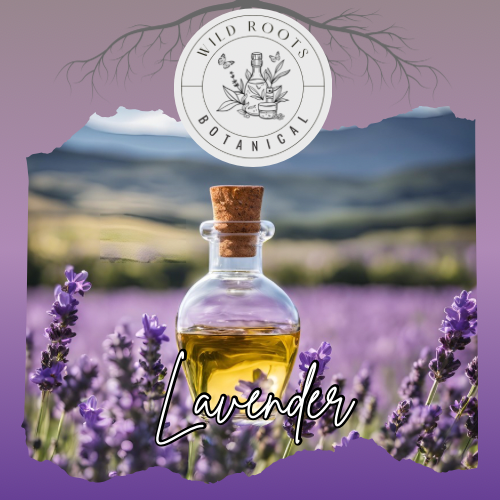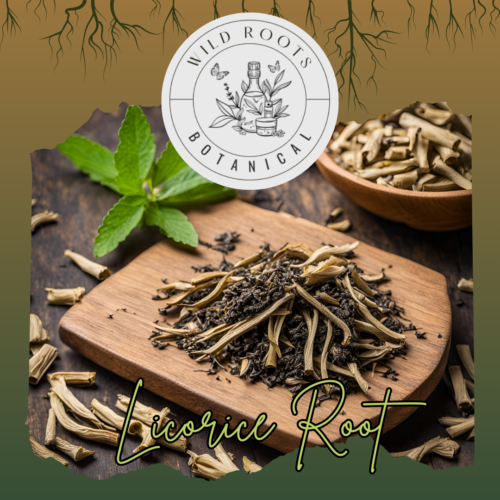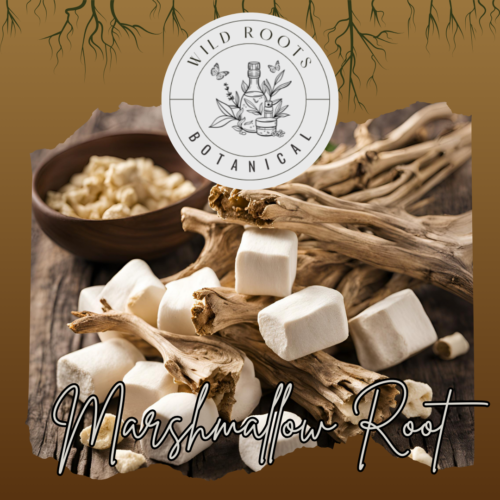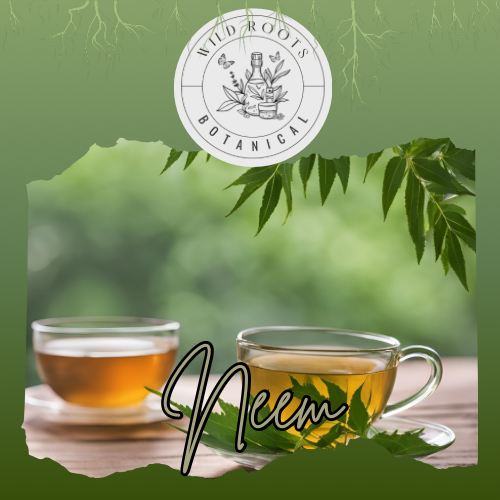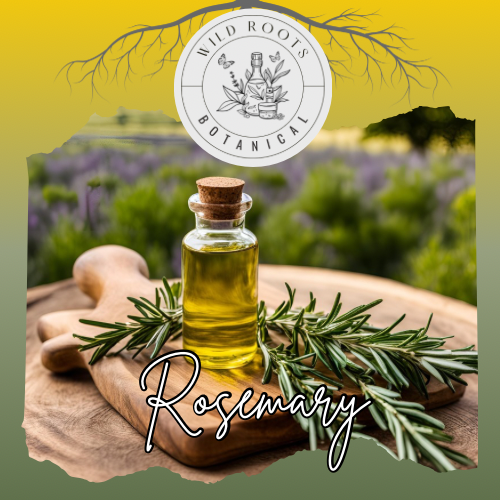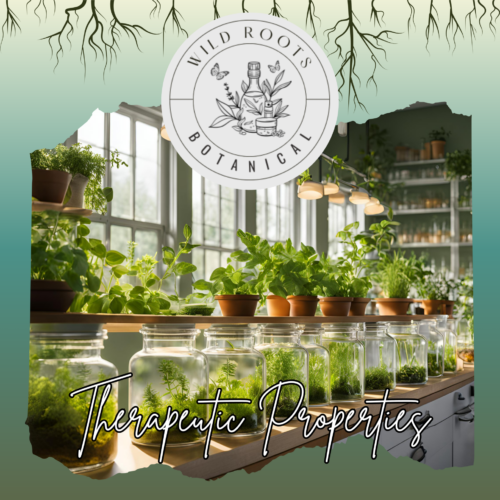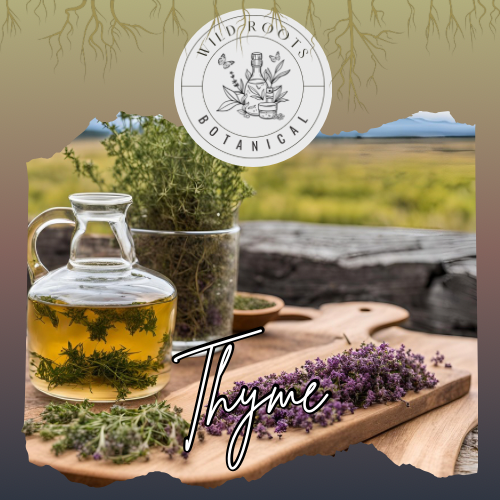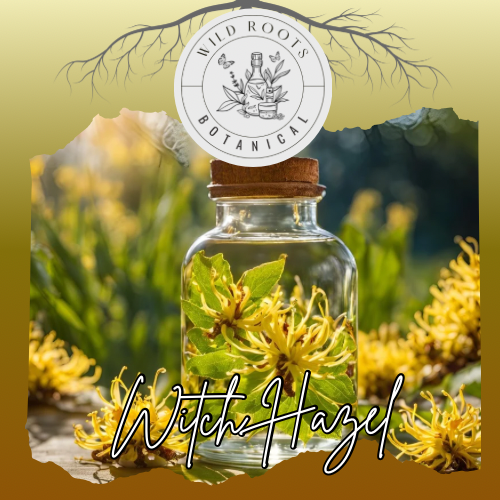Key Chemical Compounds in Medicinal Herbs – A Comprehensive Guide
Introduction
This guide provides detailed explanations of the chemical compounds found in medicinal herbs, their structures, and their general effects on human health.
Flavonoids and Related Compounds
- Flavonoids: Plant metabolites that provide color and protection. They are powerful antioxidants with anti-inflammatory and immune system benefits.
- Quercetin: A flavonoid that helps reduce inflammation and provides antihistamine effects
- Rutin: Strengthens blood vessels and helps with circulation
- Apigenin: Promotes relaxation and has anti-anxiety properties
- Luteolin: Offers neuroprotective and anti-inflammatory benefits
Terpenes and Terpenoids
- Terpenes: Organic compounds responsible for plant aromas
- α-Pinene: Fresh, pine-like scent with antimicrobial properties
- β-ocimene: Sweet, herbaceous aroma with antifungal properties
- Camphor: Penetrating aroma with topical pain-relieving properties
- 1,8-Cineole: Also known as eucalyptol, helps with respiratory conditions
- Borneol: Used in traditional Chinese medicine for circulatory support
Essential Oil Components
- Thymol: Major component in thyme oil, strong antimicrobial properties
- Carvacrol: Found in oregano and thyme, powerful antimicrobial agent
- Chamazulene: Gives chamomile its blue color, anti-inflammatory properties
- Bisabolol: Soothes skin inflammation and promotes wound healing
- Linalool: Calming, sedative effects common in lavender
- Linalyl acetate: Contributes to lavender’s relaxing properties
Polysaccharides and Related Compounds
- Mucilage: Soft, slippery substance that soothes mucous membranes
- Pectins: Complex polysaccharides that support digestive health
- Alginates: Help form protective barriers in digestive tract
Alkaloids and Nitrogen Compounds
- Asparagine: Amino acid important for nervous system function
- Glycyrrhizin: Sweet compound from licorice, affects cortisol metabolism
Phenolic Compounds
- Rosmarinic acid: Strong antioxidant found in many herbs
- Carnosic acid: Powerful antioxidant in rosemary
- Gallic acid: Antioxidant with antimicrobial properties
- Catechins: Major antioxidants in green tea
- EGCG (Epigallocatechin gallate): Most abundant catechin in green tea
Saponins and Glycosides
- Triterpene saponins: Complex compounds with various medicinal properties
- Iridoid glycosides: Including aucubin and catalpol, show anti-inflammatory effects
Other Important Compounds
- Tannins: Astringent compounds that can help with wound healing
- Proanthocyanidins: Complex tannins with strong antioxidant properties
- Coumarins: Natural blood-thinning compounds
- Sterols: Plant compounds similar to cholesterol with various health benefits
Beneficial Effects of Chemical Combinations
Many compounds work synergistically, meaning their combined effect is greater than the sum of their individual effects. Examples include:
- Flavonoids enhancing the absorption of other compounds
- Multiple anti-inflammatory compounds working through different mechanisms
- Combinations of antimicrobial compounds preventing resistance
Storage and Stability
Different compounds have varying stability factors:
- Temperature sensitivity
- Light exposure effects
- Oxidation potential
- pH sensitivity
- Storage duration impact
Safety Considerations
Important factors when dealing with these compounds:
- Potential allergic reactions
- Drug interactions
- Concentration considerations
- Quality control importance
- Proper handling methods
References
- Heinrich, M., et al. (2012). “Fundamentals of Pharmacognosy and Phytotherapy.” Churchill Livingstone.
- Samuelsson, G. (2004). “Drugs of Natural Origin: A Textbook of Pharmacognosy.” Swedish Pharmaceutical Press.
- Bruneton, J. (2008). “Pharmacognosy, Phytochemistry, Medicinal Plants.” Lavoisier.
- Evans, W.C. (2009). “Trease and Evans Pharmacognosy.” Saunders Ltd.
Did You Know?
- Rosmarinic acid, found in many herbs, was first isolated from rosemary but is actually more concentrated in sage
- The blue color in German chamomile oil comes from chamazulene, which only forms during the distillation process
- Thymol, a compound found in thyme, was used to preserve Egyptian mummies
- Some compounds like quercetin can increase the bioavailability of other nutrients when consumed together
- Linalool, found in lavender, has the same molecular structure whether synthesized in a lab or produced by plants
- The mucilage in marshmallow root was originally used to make the confectionery marshmallows before being replaced by gelatin
- EGCG in green tea changes its structure when exposed to hot water, which is why temperature affects tea’s benefits
- Many of these compounds serve as the plant’s natural defense system against insects and environmental stress
- Some compounds, like glycyrrhizin in licorice root, can be up to 50 times sweeter than sugar
- The tannins that make your mouth feel dry when drinking strong tea are the same compounds used traditionally to tan leather
